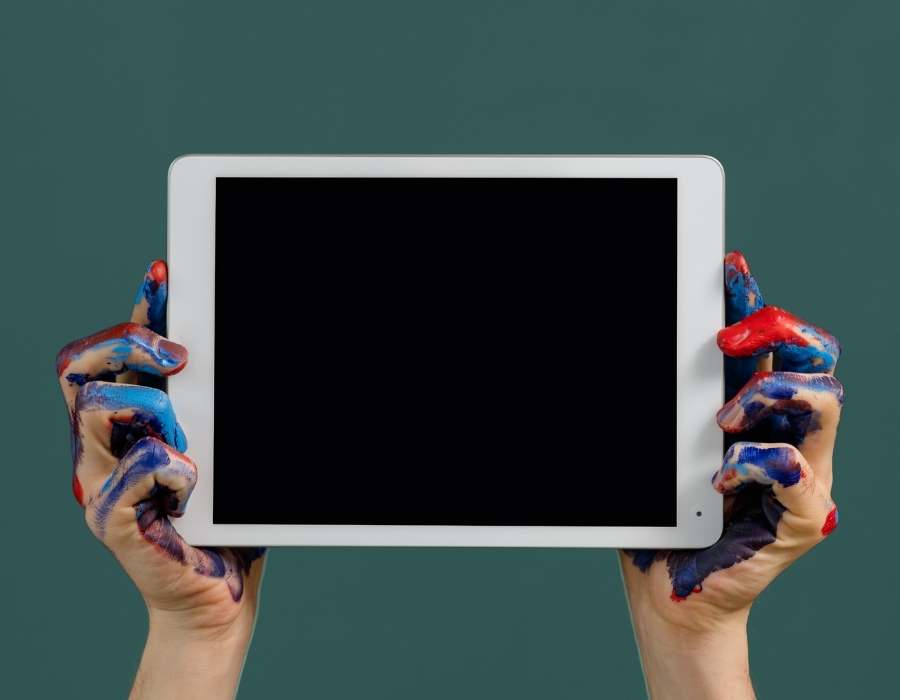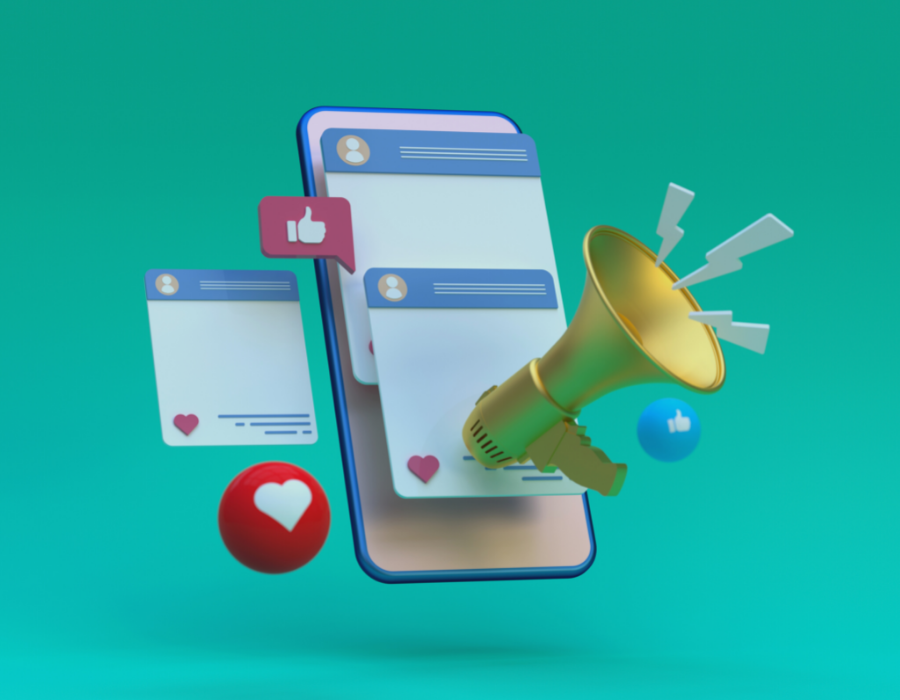From the first cave paintings of Europe and Africa to the Nouveau movement in the 20th Century; the history of art is a long one, defined by many tendrils of development. Now in the 21st Century, the art world is expanding into its most adventurous leap forward yet – NFT art.
The first commercialized NFT project was established in 2015 on the Ethereum blockchain. NFTs have since gained popularity in the art world and are used by many blockchain platforms including Symbol from NEM.
Table of contents
What are NFTs?
So, what is an NFT? NFT stands for non-fungible token. This is similar to cryptocurrencies built using blockchain platforms, but are still fundamentally separate. A fungible token can be exchanged for another, as they equate to the same value. $1 can always be exchanged for $1 and one Bitcoin can be exchanged for one Bitcoin while still maintaining the same resulting value.
Non-fungible tokens are different, unlike cryptocurrencies they provide a unique identifying code, allowing those selling or exchanging them to determine the value by identifying them as one of a kind or one of a limited series, e.g. Securities, commodities.
This makes it quite fitting then, that art is the first most widespread object of their use. The value of art is found in its individuality, the unique style and personality of every artist in their work. What better way could there be to exhibit the uses of NFTs than through something as creative and broad as the art sphere?
How are artists selling their NFT art?
NFTs are essentially digitized certificates of authenticity that are minted by the blockchain platforms that they are built on. Each NFT is as unique as the object that it is attached to and the instances of their use by artists and creatives are widespread. Recently, the ‘Charlie Bit My Finger’ video that went viral on Youtube in the late ’00s was taken down and sold as an NFT for £500,000. The CEO of Twitter sold his very first Tweet from 2006 as an NFT for $2.5 million and donated the proceeds to charity.
On a more accessible scale, artists around the world are using NFTs to showcase their art and gain more control over how it is sold. NEMBER ART is one such platform taken to by artists to sell their NFT art. Using NEMBER ART as an example, the process begins with a wallet. Having set up an XYM wallet through Symbol, artists can then create their NEMBER ART account which they then verify with a transaction of XYM credits. Platforms such as these enable artists to get fair compensation for their hard work and reduce the cost of production.
While NFTs represent a digital authentication certificate, artists are not limited to the use of digital mediums to benefit from these. NFTs work in the real world too, allowing for tangible products to be exchanged digitally, like a print sold this year by digital artist Beeble, for $69 million.
The future of NFT art
Historically, opportunities for artists to gain sustainable income were few, to either find designer or illustrator roles or to simply just make it as a freelancer or commissioned artist. Traditional institutions will often require a portfolio to precede investment in creative works, sometimes forcing artists to prioritize income over their creative intuition.
For digital artists especially, creators may post work on online platforms like Facebook, Redbubble, or DeviantArt, making only a small percentage from a sale and beyond this, simply having their work downloaded for free.
Blockchain in art places the business in the sole hands of the creative, allowing to connect with collectors and galleries by introducing the concept of a monetized portfolio as well as burying any opportunities for the work to be stolen or reproduced.
Exploring further, creators can attach stipulations to their NFT that ensure that they receive proceeds upon each resale of their work, something that traditional and digital artists have been rarely compensated with before now.
The value of NFTs goes beyond the artistic realm though. NFTs have the potential to change the landscape of the entire digital and even real-world marketplace. Only 30% of the global population has legal rights to their land. NFTs, in tandem with smart contracts, can prove rightful legal ownership of land and vehicles that cannot be changed. This is because NFTs, like blockchain, are “trustless”, meaning that the open-source and decentralized nature of the technology provides a platform wherein exchanges and contracts are not dependant on their participants to ensure that they are fulfilled.
NFTs are paving the way for creatives to join the digital revolution. While there is great debate over whether NFTs are just a trend that will soon die out, similar has been said for many revolutionary tech innovations, the dotcom boom, and even crypto and blockchain themselves to name a few. Not only this but in just the first half of 2021, NFT sales climbed to $2.5 billion.
Even as a decline follows the initial hype, interest in NFTs remains on an upward trajectory. With the change in the market from high-priced stand-alone sales to more affordable frequential ones, the benefits of investing in the NFT market are ostensibly valuable.

We hope that this article was insightful for you and are looking forward to any feedback and messages. Please share your thoughts in the comments section below!
Disclaimer
This website may contain information about financial firms, employees of such firms, and/or their products and services such as real estate, stocks, bonds, and other types of investments. While this website may intend - as the author deem necessary - to provide information on financial matters and investments, such information or references should not be construed or interpreted as investment advice or viewed as an endorsement.



